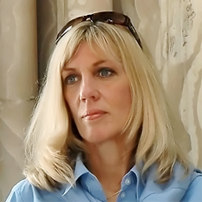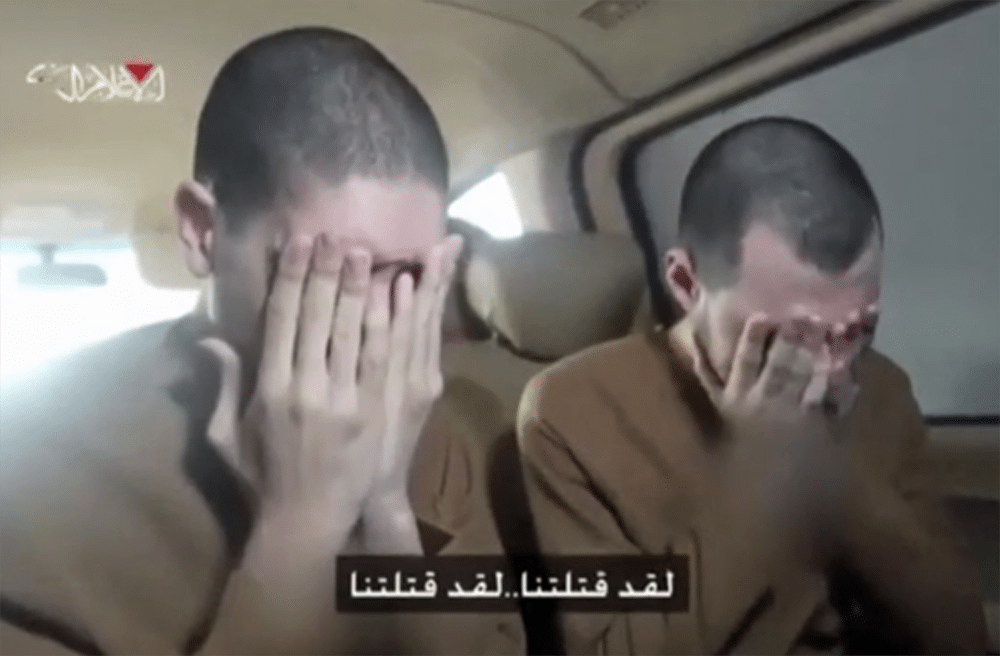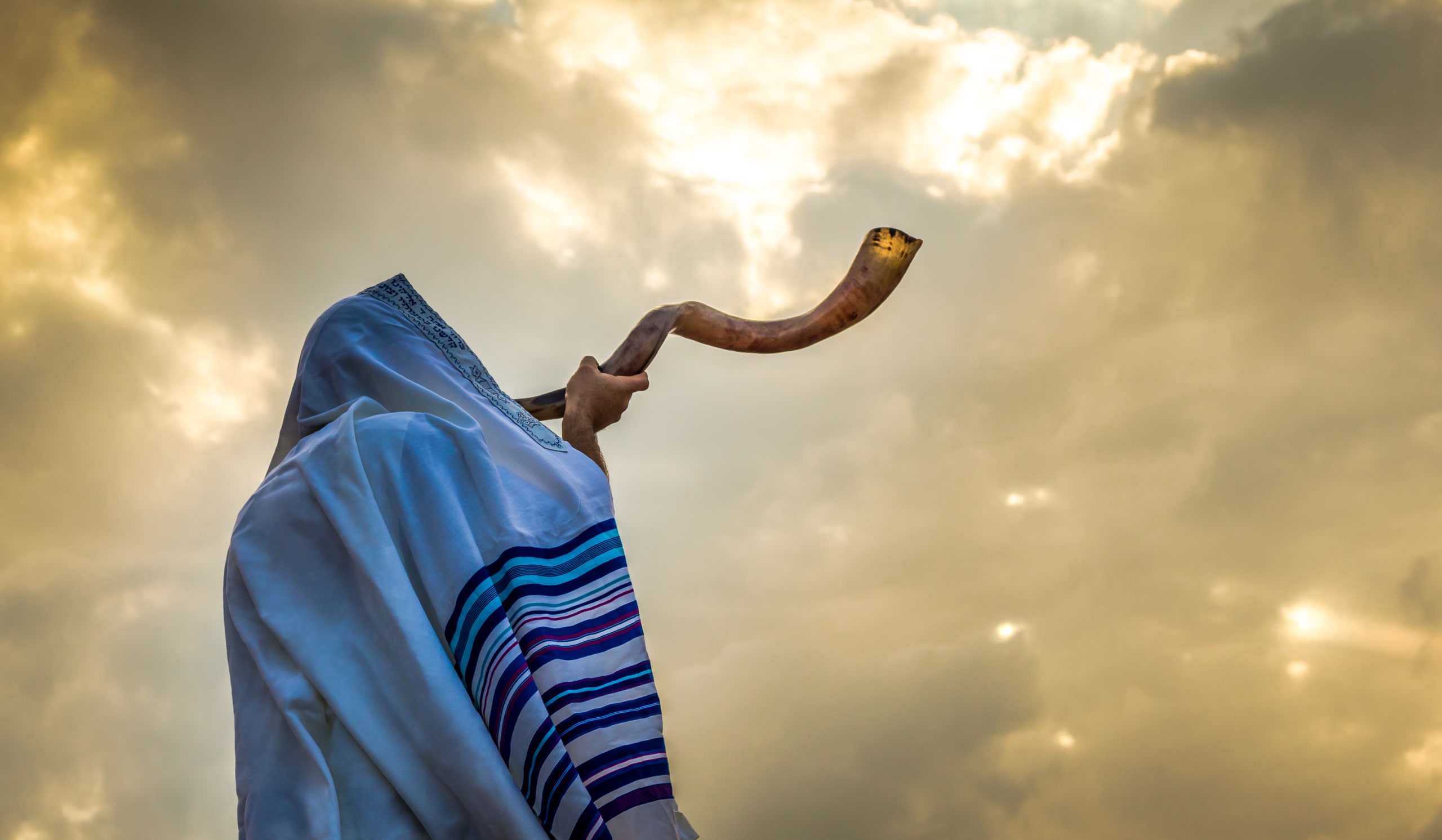By Lela Gilbert via Philos Project
I recently spent some time in New York City with Juliana Taimoorazy, a courageous and outspoken champion of the world’s Assyrian Christian community. Juliana’s lovely face frequently graces the TV for news interviews in which she usually finds herself describing yet another attack on her people.
Also known as Chaldean Christians, Juliana’s fellow believers – who comprise one of the world’s most ancient churches – continue to be targeted by radical Islamist groups in Iraq and in Syria.
Our conversations centered on Juliana’s personal story and on the book that we are collaboratively writing to document the Assyrians’ ongoing persecution in the Middle East and the response of the diaspora scattered across the globe.
This is a history of relentless abuse that spans centuries; a story that deserves to be told in rich detail.
During those conversations – held over hot Starbucks coffee during some exceptionally icy days – we discussed brutal attacks that took place in Iraq in the mid-2000s: kidnapped priests, blown-up school buses, beheadings and cold-blooded murders.
All these climaxed on Oct. 31, 2010 with a gruesome assault by the Islamic State of Iraq (the forerunner of ISIS) on Baghdad’s Our Lady of Salvation Assyrian Catholic Church. In this bloodbath, 58 worshippers, police and bystanders lost their lives; 78 were injured or maimed.
Stored in my computer are horrifically graphic photos of that massacre, sent to me at the time by a military friend. They are almost unbearable to look at, but I never had the heart to delete them.
Juliana, in turn, showed me videos of three devastated survivors of that same attack, interviewed just days after the massacre. Clearly traumatized, they choked on their tears as they recalled the shooting of a 3-year-old boy, a beloved member of their family, who pleaded with the killers, “Enough! Enough!” – even as they took his life.
Reviewing all this shook us both to the core. It also strengthened our resolve to tell the story as lucidly and thoroughly as possible.
Alas, there would be no shortage of material. In just over a week’s time, news agencies were reporting yet another ISIS attack on Assyrian Christians.
Beginning early in the morning on Feb. 23, ISIS terrorists abducted more than 150 women, men, children and elderly from their Syrian homes.
The weary world, still dazed by the beheading of 21 Coptic Christians the week before, watched in silent horror.
By Thursday afternoon, the number of kidnapped Christians in Syria had reportedly risen to 220. ISIS had continued its rampage through 11 Christian villages near the town of Tal Tamr, not far from the Syrian-Turkish border.
My Hudson Institute colleague Nina Shea wrote for Fox News,
The Islamist militants reportedly separated the captives, men from women and children – a pattern also seen when ISIS attacked Iraq’s Yizidi community on Sinjar mountain last August. The Syrian Christians’ fate is unknown but could include murder, enslavement, rape or being traded as a hostage. Churches in the seized villages could be seen ablaze from the opposite riverbank.
Syrian-Catholic Archbishop of Hasakah-Nisibi, Jacques Behnan Hindo, told the Vatican press Fides that the Christians feel like they are ‘abandoned into the hands’ of ISIS.
The Archbishop explained:
“Yesterday American bombers flew over the area several times, but without taking action. We have a hundred Assyrian families who have taken refuge in Hasakah, but they have received no assistance either from the Red Crescent or from Syrian government aid workers, perhaps because they are Christians. The UN High Commission for Refugees is nowhere to be seen.”
By the time all this happened, Juliana and I were in two different places. She had flown to a conference in Nashville where she would once again present her appeal on behalf of Assyrian Christians.
I had returned to Jerusalem, where reported atrocities against religious minorities in surrounding countries are all too common. In fact, Israel is the only country in the Middle East where Christians live without fear of radical Islamist aggression.
Before long, the Middle East media reported that a respected bishop was placing the blame for the Assyrians’ abduction on the Turkish government. Jacques Behnan Hindo, the Syrian Catholic Archbishop of Hasakah-Nisibi, made the claim on Vatican Radio:
Every day, families are emigrating from Damascus by plane because of the blockade we have around us.
In the north, Turkey allows through lorries, Daesh [ISIS] fighters, oil stolen from Syria, wheat and cotton: all of these can cross the border but nobody [from the Christian community] can pass over.
Meanwhile, a typical ISIS response, reported by Reuters, was: Some people have tried to [reach their loved ones] by cellphone, the relatives that have been abducted, and they get an answer from a member of ISIS who tells that they will send the head of their relative.
“They are trying to terrorize the parents, the relatives in the Christian Assyrian community,” said Ishak, who is president of the Syriac National Council of Syria.
My own experience with the Assyrian Christians began in late October, when I visited some of the refugees who had fled from ISIS. They were among thousands of Christians who were driven out of Mosul and the Nineveh Plain in Iraq during in the summer of 2014. Tens of thousands of them found refuge in Erbil, Kurdistan.
For the record, no one I talked to there would have been the least bit surprised to hear that Turkey was again being suspected of supporting ISIS.
At the same time, the utter losses that those refugees in Erbil had endured creased their fatigued faces. Not only had everything they had accomplished in a lifetime been stripped away, but some of their loved ones were nowhere to be found. And haunting atrocities were burned into their memories – cruelties they could never forget.
Today’s massacres, great and small, evoke the mass murder of more than 1.5 million Christians that took place in the early 20th century. Usually described as the Armenian genocide, Armenians indeed bore the heaviest death toll. But they were not the only victims.
In his landmark book The Lost History of Christianity, historian Philip Jenkins wrote,
Lord [James] Bryce alleged that the Turkish government was pursuing a “plan for exterminating Christianity, root and branch,” which equally targeted “the minor communities, such as the Nestorian and the Assyro-Chaldean churches.” Claiming to have lost two-thirds of their own people during their own wartime genocide, the Assyrians recall 1915 as sayfo, “the Year of the Sword.”
Two-thirds of the Assyrian Christian community was estimated as 750,000 dead. And as many as 3,000 more were slaughtered in the Simele massacre, carried out by the Iraqi government specifically against Assyrian Christians in August 1933.
Because of these seemingly endless assaults, some believe that the ancient Christian communities in the Middle East are finished, and that only tattered remnants will survive. Philip Jenkins wrote,
Middle Eastern Christianity will not become extinct in the same way that animal or plant species vanish, with no representatives left to carry on the line and no hope of revival. Even in the worst-case scenario, a few families, a few old believers, will linger on for decades to come. Millions of people from the region will also continue the tradition elsewhere. For practical purposes, however, Middle Eastern Christianity has, within living memory, all but disappeared as a living force.
But others, like Juliana Taimoorazy, have far greater hope for their beleaguered people. Juliana is quick to remind her listeners that there’s more to the Assyrian Christian community than meets the eye. These believers not only cherish a religious identity, but many also see themselves as a nation – a nation that dates back to the 7th Century BCE.
And more than a few have never given up the hope of rebuilding it.
The Assyrian Nation’s roots lie in the primeval soil of the Nineveh Plain where it all began a millennia ago. And the idea of a national resurrection is not lost on those who fear the demise of Christianity’s most venerable communities.
When I was in Erbil, conversations with refugees often had to do with their desire to return to their lost homes. Some wanted to go back; others did not. But all agreed that such a return could only take place if and when a safe haven were to be established for them – a protected Christian enclave.
And, of course, it would be founded on the Nineveh Plain.
In fact, twice in the early 20th Century, Assyrian Christians appealed to the world powers to establish a Christian “reservation” in Nineveh, governed by their Patriarch and protected by their own warriors. In both cases, the attempt failed disastrously.
Thankfully, for visionaries, it’s never too late.
It so happens that the safe-haven idea is being revisited by former U.S. Congressman Frank Wolf, the guardian of persecuted Christians and long-time advocate for religious freedom.
A report from Wolf’s newly-minted Wilberforce 21 Initiative proposed:
[T]he establishment of a Nineveh Plains Province uniquely designed for Christians, Yezidis and other besieged minorities. Despite the horrors they face, the majority of the religious and ethnic minorities want to remain as productive and peaceful citizens within Iraq and their historic homelands.
One Iraqi priest implored, “Help me to stay.”
Will his cry fall on deaf ears or will policymakers and people of good will be propelled to act?
It’s a provocative question. And for the besieged Assyrian Christian community – who breathlessly await word of ISIS’s most recent captives – an affirmative answer can’t come soon enough.








Leave A Comment